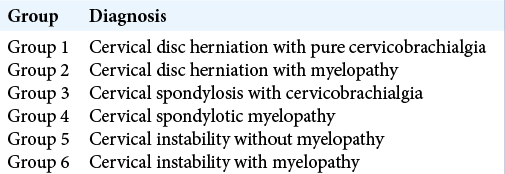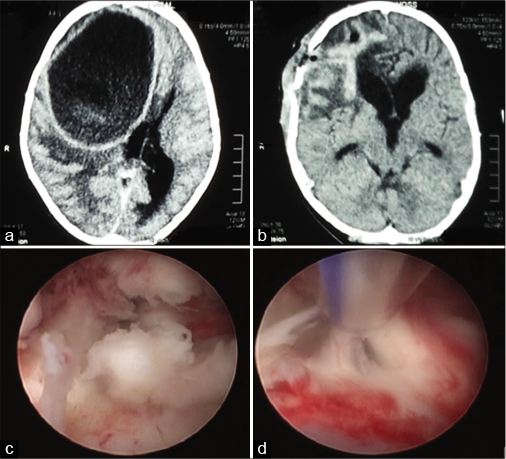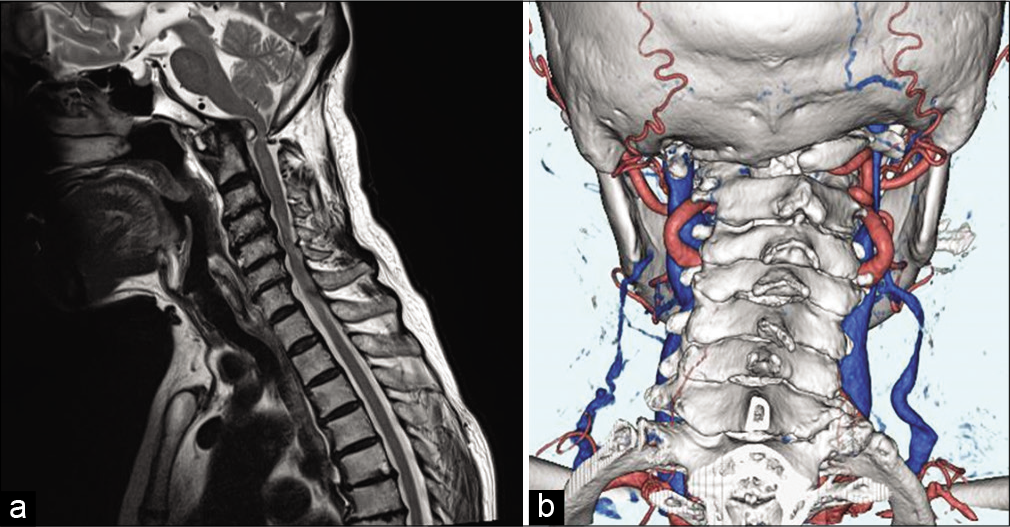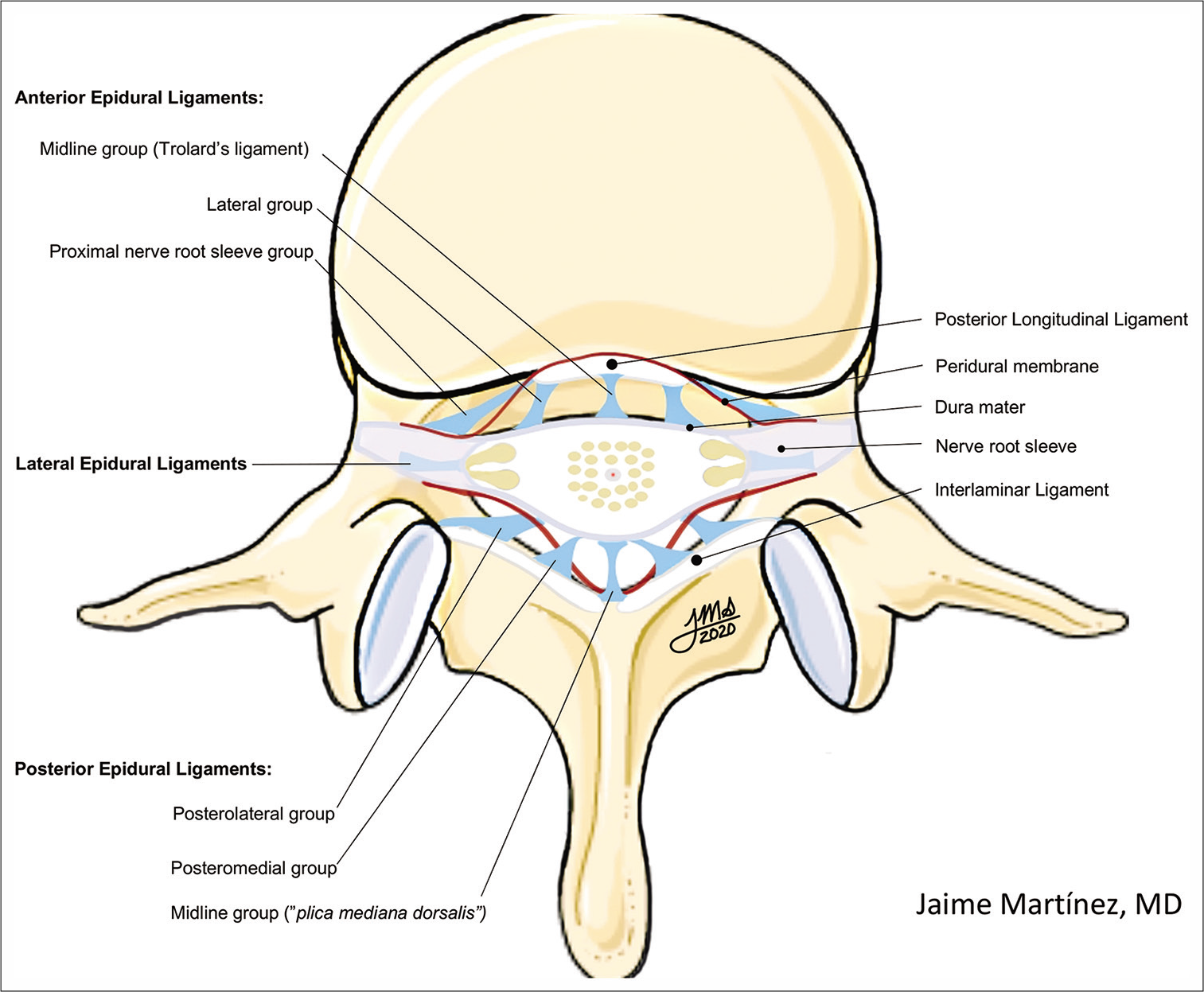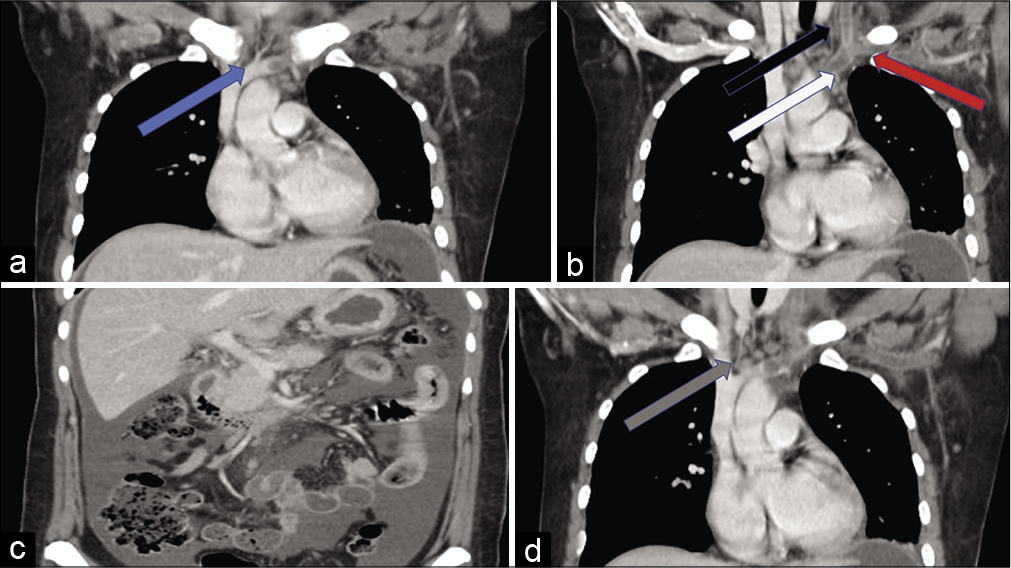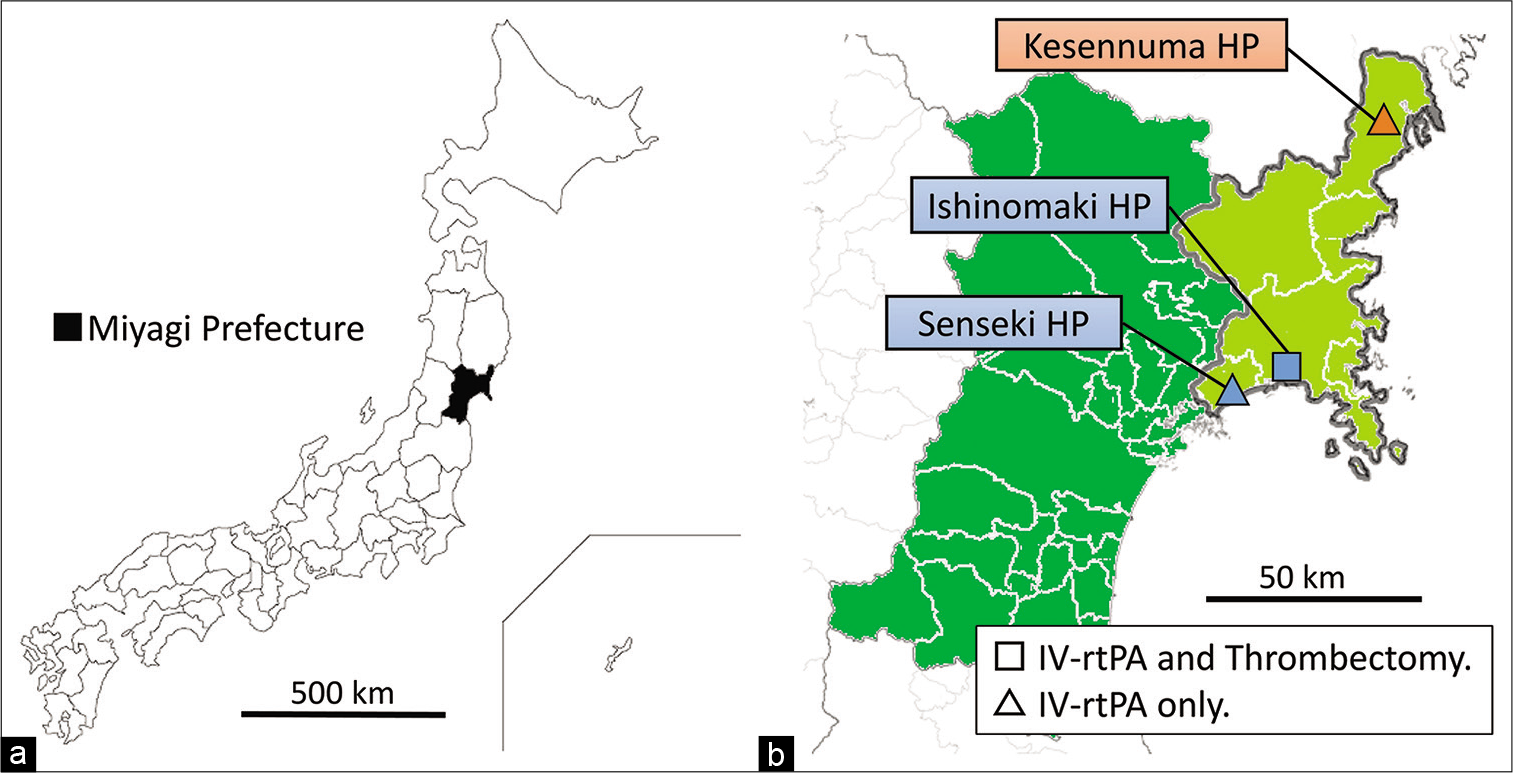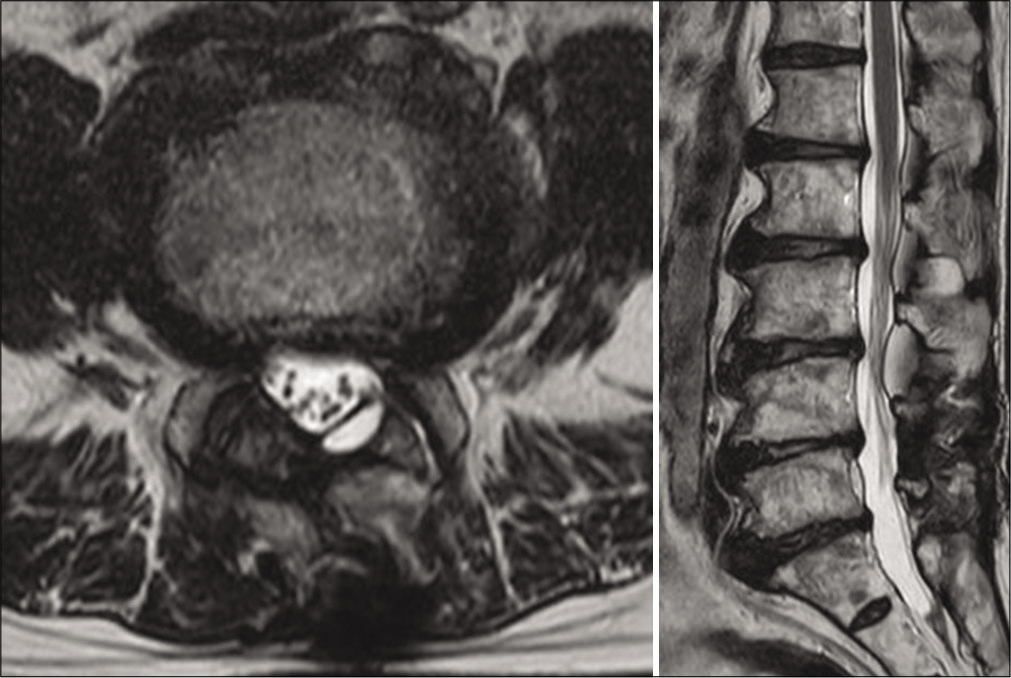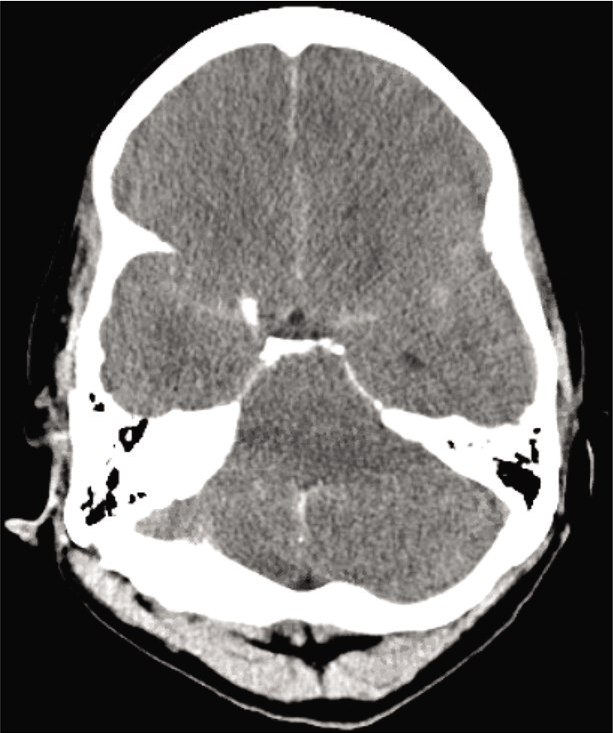Anterior cervical spine surgical complications: Safety comparison between teacher and student
Date of publication: 03-Feb-2021
Background: Anterior cervical surgery has a widespread use. Despite its popularity, this surgery can lead to serious and life-threatening complications, and warrants the attention of skilled attending spinal surgeons with many years of experience.
Endoscopic treatment of brain abscess
Date of publication: 28-Jan-2021
Background: Treatment of brain abscess is still a subject of controversy. The main treatment is surgical, although medical therapy alone can be used for selected cases. The treatment of choice is aspiration, which may be performed with the aid of an endoscope or by freehand technique, with or without stereotactic or intraoperative ultrasound guidance. Excision is valuable in some cases. We are reporting our results of endoscopic approach in 12 patients.
Leveraging social media and digital technology to market and meet the needs of neurosurgery patients
Date of publication: 28-Jan-2021
Abstract
The digital era has arrived in healthcare. Health-care consumers, including neurosurgery patients, are increasingly using social media and other digital technologies to meet their health-care needs. In this work, we describe an illustrative case from Mayo Clinic where interlacing social media strategies are leveraged to educate and engage patients. These strategies not only provide a valuable service to patients but they also reinforce the brand and serve as a marketing tool. Other digital technologies such as health-care apps and telemedicine are also adaptations that help meet the needs of the current neurosurgical patient. Similar to consumer trends in other service industries, these technologies provide patients with greater autonomy, convenience, and personalization. The digital era in health care presents an exciting opportunity for health-care organizations and providers to innovate, evolve, and improve the health of our patients.
Resolution of retro-odontoid cyst in a patient with atlanto-occipital assimilation after occipitocervical fixation
Date of publication: 28-Jan-2021
Background: Fusion of the atlas with the lower part of the occiput is clinically known as atlanto-occipital assimilation (AOA) or atlas occipitalization. This can be either partial or complete depending on the extent of fusion. AOA is one of the most common congenital anomalies of the craniovertebral junction and is usually asymptomatic.
Anatomy of the posterolateral spinal epidural ligaments
Date of publication: 28-Jan-2021
Background: The epidural ligaments (ELs) (of Hofmann) were described as fibrous bands interconnecting the ventrolateral spinal dura and the posterior longitudinal ligament below L1. They are hardly ever discussed in the literature or considered in hypothesis-driven basic science experiments or spine biomechanical models.
Intracranial hypertension syndrome secondary to internal jugular vein thrombosis due to miliary cervical tuberculosis: A case report
Date of publication: 28-Jan-2021
Background: Thrombosis of the internal jugular vein (IJV) is extremely rare, being central catheterization the most common cause. We present a case of a patient with an unusual appearance of neurological symptoms as a consequence of thrombosis of the IJV secondary to miliary tuberculosis.
Preliminary development of a prediction model for daily stroke occurrences based on meteorological and calendar information using deep learning framework (Prediction One; Sony Network Communications Inc., Japan)
Date of publication: 28-Jan-2021
Background: Chronologically meteorological and calendar factors were risks of stroke occurrence. However, the prediction of stroke occurrences is difficult depending on only meteorological and calendar factors. We tried to make prediction models for stroke occurrences using deep learning (DL) software, Prediction One (Sony Network Communications Inc., Tokyo, Japan), with those variables.
Herniation of the cauda equina into the facet joint through a pseudomeningocele: A case report and literature review
Date of publication: 20-Jan-2021
Background: Incidental durotomy is a well-known complication of spinal surgery. It can lead to persistent cerebrospinal fluid leakage resulting in significant secondary complications. Here, we present a case in which the cauda equina herniated into a pseudomeningocele that penetrated a facet joint, leading to lower extremity radiculopathy warranting surgical correction.
Pseudosubarachnoid hemorrhage: A systematic review of causes, diagnostic modalities, and outcomes in patients who present with pseudosubarachnoid hemorrhage
Date of publication: 20-Jan-2021
Background: Patients with computed tomography (CT) findings consistent with subarachnoid hemorrhage without evidence of hemorrhage following autopsy or cerebrospinal fluid testing are termed to have pseudosubarachnoid hemorrhage (pSAH).
The omentum in the surgical treatment of recurrent ischemic stroke
Date of publication: 20-Jan-2021


